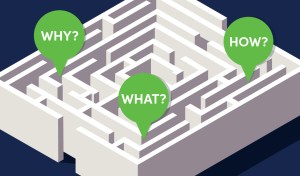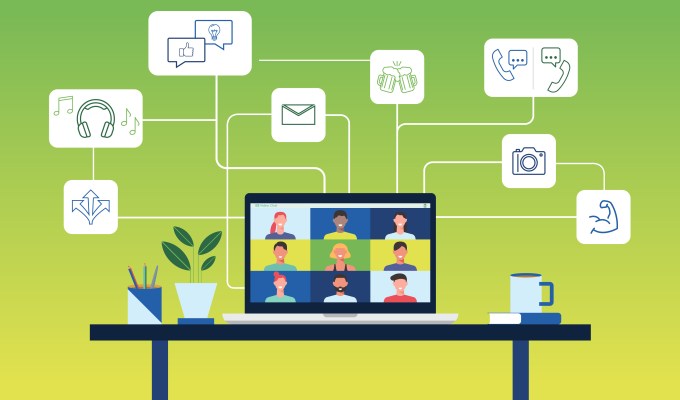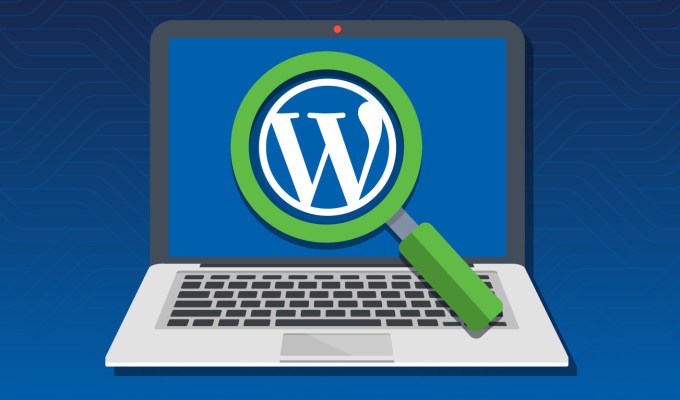Insight and Benefits of UX – A User First Approach
“The first requirement for an exemplary user experience is to meet the exact needs of the customer, without fuss or bother.”1
Let’s start at the beginning…
The term User Experience (UX) was invented in the 1990s by Don Norman, a cognitive scientist and co-founder of the Nielsen Norman Group. Norman coined this term to help explain all aspects of an end user’s interaction with a company, its services and its products. As a scientific process, it can be applied to anything with a rooted history in the digital and tech fields.
Your world is surrounded by User Experience (UX) Design. From the moment that you wake up, until you go to bed, many of your daily tasks and interactions have significant research, testing, and design behind them – products like your cell phone, the socks you put on your feet, the site you visit to get your daily news or the email platform you check each morning. You gravitate towards these things because it meets a particular ideal, in a specific context, that you, as a user, enjoy or find efficient as an experience.
That is the job of UX Design – to consider the Why, What and How2 of a product, whether physical or digital. At Weidenhammer, our first step in the process is the User Experience. Our team makes it a priority to understand exactly what the goal is for your project through a user-centered approach — the WHY. We do this through several different avenues.
These include:
- Interviews with key stakeholders
- Creating personas
- Gathering data
- Accessibility testing
- Journey mapping
These processes allow us to create a more effective user-centered design solution for your product, rather than just reusing what you have currently and making it look good.
Secondly, we take what we have learned from the WHY phase and start working on the WHAT of the project. During this process, we make sure that we are implementing logical functionality and features, as well as any additional goals for the project. We do this through:
- Wireframing – creating a simple foundation of layouts and templates to simulate the UX of the site, prior to design. This plays a key role in making sure that we’re creating a solid foundation that tests well for all users.
- Functionality – encompasses the actions to move through those wireframes and interact with the project.
- Flow – many patters can be used to guide users through an experience. We try to evaluation the patterns that make the most sense for the content of the project.
- User intent – allows us to understand if the user is able to get to their desired objective in the most efficient way possible.
This is the opportunity to use the personas created in the WHY phase and compare them against the project goals. We investigate and explore options for the best UX solution, using the wireframes to convey content that will be filled in during the design (User Interface/UI) process. It is a collaborative effort between the team and the client to make sure the UX is spot on.
The last phase of the UX process is the HOW, where all of the pieces come together, and a little more life is given to the project. We begin to add aesthetics, the character, design elements, and/or brand styles to create an engaging, guiding and active experience for the user. Keeping in mind the ability to have universal accessibility for anyone to enjoy the project, this phase is considered a User Interface or UI step, since it considers all of the visual and interactive elements such as typography, buttons, imagery, color palettes, and icons.
Building a project with proper UX practices in mind is like watching a child learn to walk. They are taking in all the information they have to consider on how to execute the ultimate goal of taking a step. They start with their own foundations, look for guidance, and then execute.
The beauty of UX is that it is a constant learning process and can be done at any point in the project, depending on the goal. It can tell you if there are adaptations that can be made to improve a current product, or it can tell you that a change was not a great idea. In a world where data, feedback and reviews are at our fingertips, we have the ability to design great user experiences.
To explore if your digital product’s user experience is working its hardest, reach out for more information.
References


